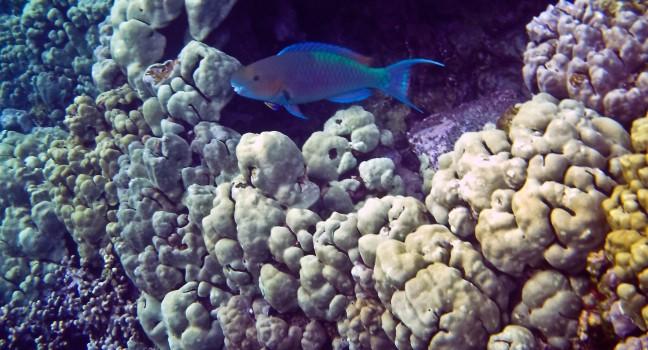Kalopa State Recreation Area
Northwest of the old plantation town of Paauilo, at a cool elevation of 2,000 feet, lies this sweet 100-acre state park with a lush forested area with picnic tables and restrooms. There's an easy .7-mile loop trail with additional paths in the adjacent forest reserve. Small signs identify some of the plants, including the Gothic-looking native ohia and the rare loulu palm. It's chilly and damp here, making it a good escape from the heat at sea level. Three campground areas with full-service kitchens, as well as four cabins, can be reserved online.




